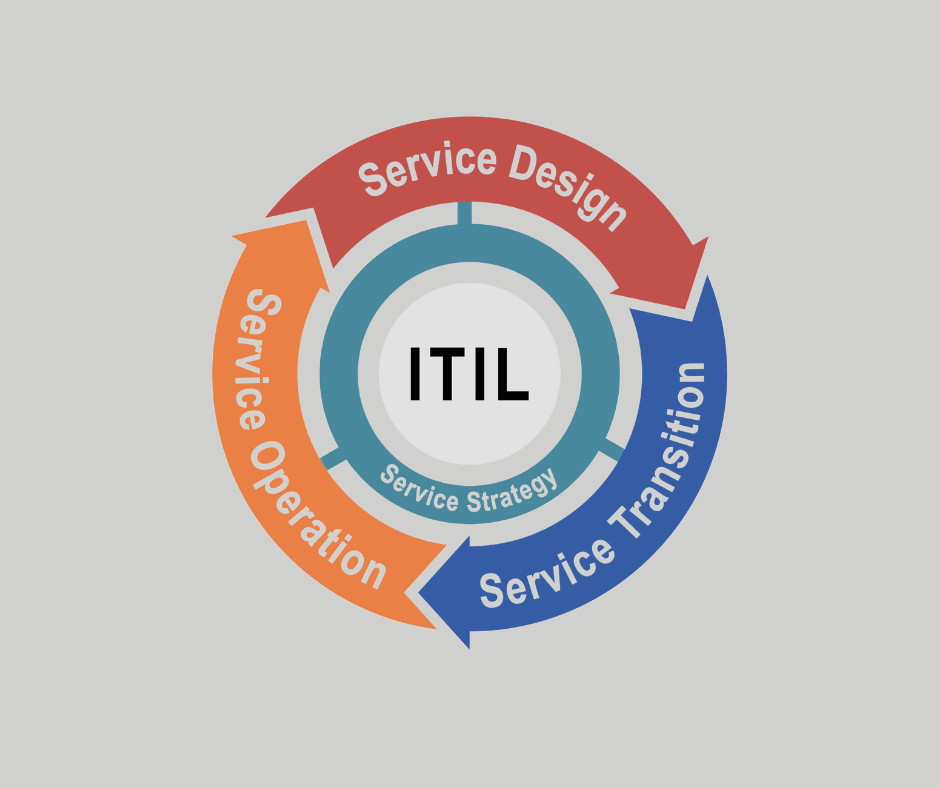Designing a Future-Proof Service Transition Process.
12 September 2023

When one of the world’s largest International Education and Learning Organisations, with schools in 30 countries, approached KA2 for assistance in reviewing and re-implementing their Service Transition process, we embraced the challenge and committed to guiding the client on their journey to process improvement.
The project began with a comprehensive discussion with the key stakeholders to define the ultimate objective. The goal was to review the existing v1 baseline and create the v2 process for organisation-wide implementation. Given the project’s tight twelve-week time constraints, we swiftly got to work.
Our team initiated the project with a workshop dedicated to dissecting the current v1 Service Transition process. We meticulously documented the aspects that functioned effectively, those that fell short, areas requiring enhancement, and any potential organisational gaps. This initial step was followed by an in-depth examination of the existing documentation and services that had already been through the v1 process. It became evident that the Service Transition was attempting to fill gaps in the Service Design phase while missing some fundamental elements that had substantial implications for resource capacity planning within a growing organisation.
Having completed the deep-dive discovery, we were well-prepared to design the new v2 Service Transition process. Our approach involved dividing it into two fundamental components: handling new services and managing changes to existing ones. The classification was straightforward—any service introduced into the organisation was categorised as “new.” The new v2 Service Transition process encompassed elements created within the “design phase.” This entailed introducing a new form to be completed by project managers, ensuring comprehensive consideration of all service elements. Subsequently, at the “design authority stage”, the newly established documentation had to be reviewed and approved before progressing.
When making changes to services that are not considered an enhancement per the organisation’s standards, we employed a simplified version of the form to streamline the process and make it user-friendly. The Service Transition v2 process focuses on changes to services, including resource capacity, to support the service from an organisation perspective going forward and ensure any key architectural modifications to that service are documented. Once the content and processes received approval from the key stakeholders, we advanced to the next phase of benchmarking these services against the new V2 process.
Our baselining efforts were painstaking and labour-intensive but yielded substantial rewards. We uncovered gaps in essential documentation and discrepancies in operating models previously unknown to the organisation. In addition, we provided recommendations for enhancing the Service Catalog design. Above all, we comprehensively documented each service, outlining operational details, SLAs, support teams, and much more.
The work and recommendations we delivered to the client have empowered them and their processes to evolve and align with their business growth. This transformation equips their IT department to grasp the ongoing organisational requirements for the future confidently.
Testimonial – Phil Waller, Head of IT Operations:
“Engaging KA2 in the Service Transition project has truly showcased their strengths and skillset as a consultancy organisation. Their close collaboration with our team greatly influenced and shaped our ongoing IT and business requirements. KA2 provided us with a future-proof Service Transition process and offered recommendations that enable our organisation to progress cohesively, particularly in terms of operating models and much more. Their commitment to delivering a successful outcome, their absolute attention to detail and their flexibility to ensure we achieved full value from the engagement has been appreciated across the organisation. And importantly, they have been great fun to work with, which makes all the difference when managing the inevitable challenges of a project.”